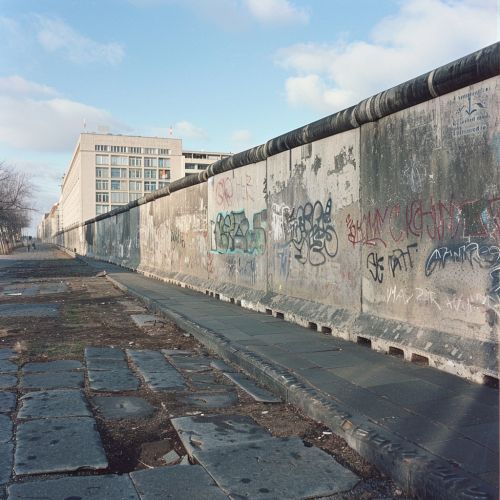East Germany
History
East Germany, officially known as the German Democratic Republic (GDR), was a state that existed from 1949 to 1990 in the eastern part of Germany. It was established after World War II in the Soviet occupation zone, following the Potsdam Agreement. The GDR was a socialist state under the dictatorship of the Socialist Unity Party (SED).


The history of East Germany is marked by the construction of the Berlin Wall in 1961 and the intense political and economic changes that led to its fall in 1989. The state's economy was centrally planned and state-controlled, with a focus on heavy industry. Despite this, East Germany struggled with economic difficulties throughout its existence.
Politics
The political system of East Germany was defined by its status as a socialist state. The SED, a merger of the Communist Party and the Social Democratic Party, held the power. The SED was closely aligned with the Soviet Union and followed its political and economic model. The state was a member of the Warsaw Pact and the Comecon, two significant alliances during the Cold War.
Economy
The economy of East Germany was characterized by state ownership and central planning. The state controlled all aspects of economic production and distribution. Despite initial growth and development, the economy faced significant challenges, including shortages of goods, lack of innovation, and environmental degradation. The economic difficulties played a significant role in the fall of the Berlin Wall and the eventual reunification of Germany.
Society and Culture
East German society was heavily influenced by the state's socialist ideology. The state controlled education, media, and cultural institutions, promoting a socialist worldview. Despite this, a unique East German culture developed, characterized by a strong sense of community, a focus on social equality, and a distinct artistic and literary tradition.
Reunification
The fall of the Berlin Wall in 1989 marked the beginning of the end for East Germany. The event was a result of a series of political and economic changes, both within East Germany and in the broader context of the Cold War. The reunification of Germany was officially completed on October 3, 1990, marking the end of East Germany as a separate state.
